Animals bring joy and companionship into our lives, but sometimes, humans exploit them for entertainment in ways that cross ethical lines. These activities, whether born from tradition or trends, often prioritize human amusement over animal well-being. Here’s a list of 13 practices we should rethink.
1. Making Them Perform in Circuses

YouTube
From elephants balancing on tiny stools to tigers jumping through flaming hoops, circus performances have long been a staple of human entertainment. However, the training methods often involve fear and punishment, and the animals live in cramped, unnatural conditions. Thankfully, public backlash has led to the phasing out of animal acts in many circuses.
2. Painting Their Nails
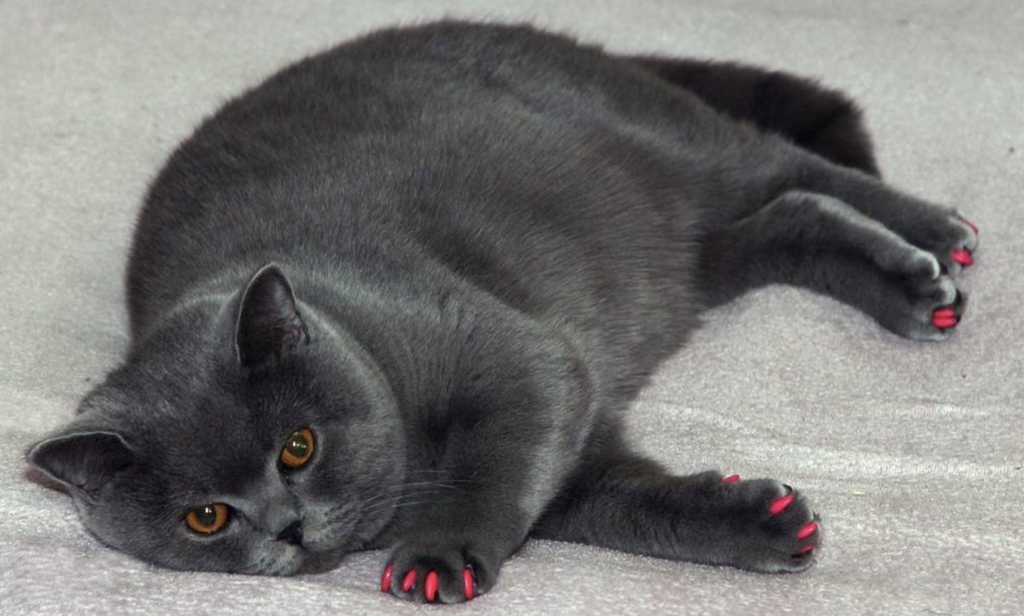
Picryl
Painting dogs’ nails has become a quirky trend, with pet owners applying pet-safe polish for photos or social media. While non-toxic products exist, many dogs find the process stressful and unnecessary. Animals don’t need to conform to human beauty standards, and this practice is clearly for human enjoyment, not for their benefit.
3. Turning Entire Dogs into Canvases

YouTube
In a bizarre trend, some pet owners dye and paint their dogs to resemble tigers, pandas, zebras, or other creatures. Others go further, treating dogs like blank canvases to create elaborate, unnatural designs. While non-toxic dyes are generally safe, the process can stress the animals, irritate their skin, and reduce them to props for human amusement.
4. Forcing Them Do Tricks in the Water
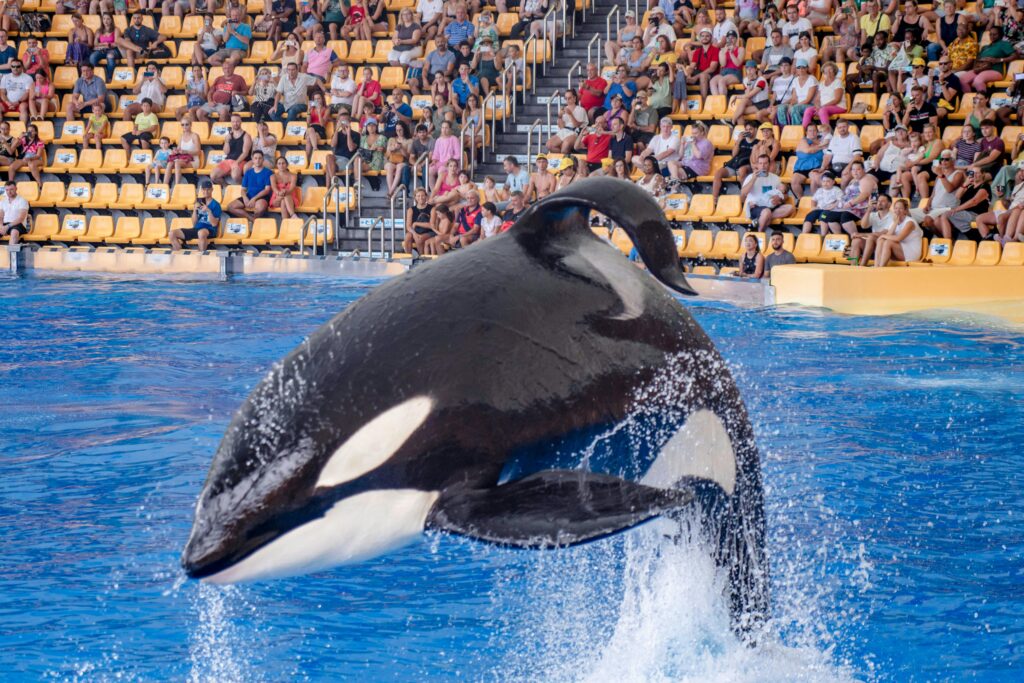
Pexels: Oleksandr P
For decades, dolphins, sea lions, and orcas have been trained to perform tricks for crowds in marine parks. While these shows entertain millions, the small tanks and unnatural behaviors often lead to physical and mental health issues for the animals. Public awareness has spurred change, with many parks ending these shows in favor of more natural interactions.
5. Racing Them in the Desert
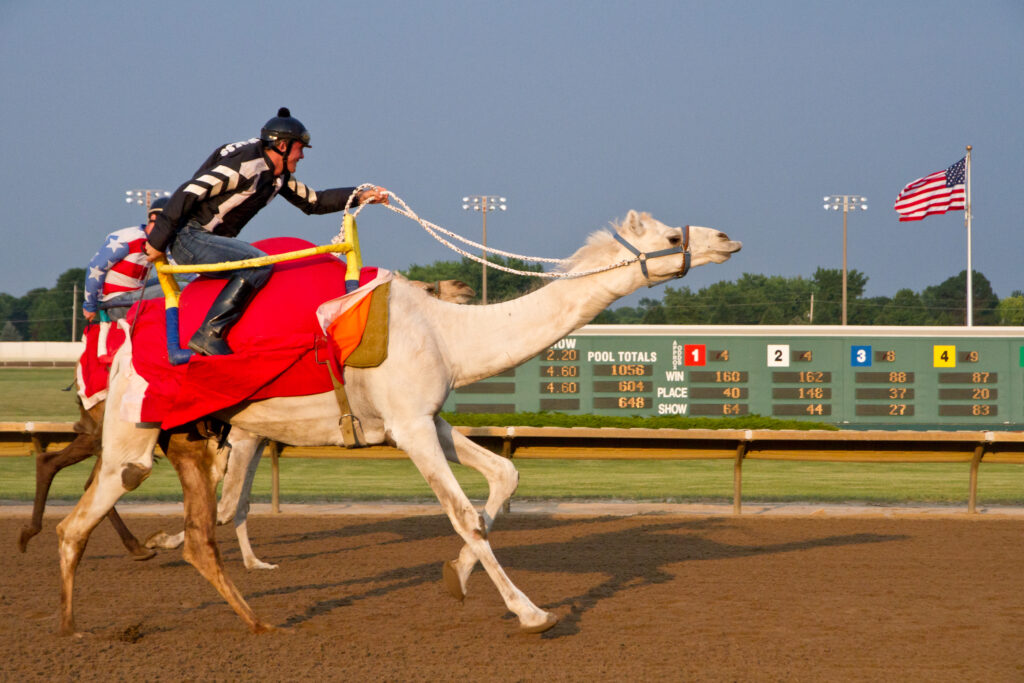
Flickr: Oleksandr P
Camel racing is a cultural tradition in some regions, showcasing the endurance of these majestic animals. Despite the shift to robotic jockeys, the racing conditions and training often prioritize human entertainment over the camels’ welfare. This practice raises significant ethical concerns, as camels are often pushed to their physical limits.
6. Having Chickens Make Art
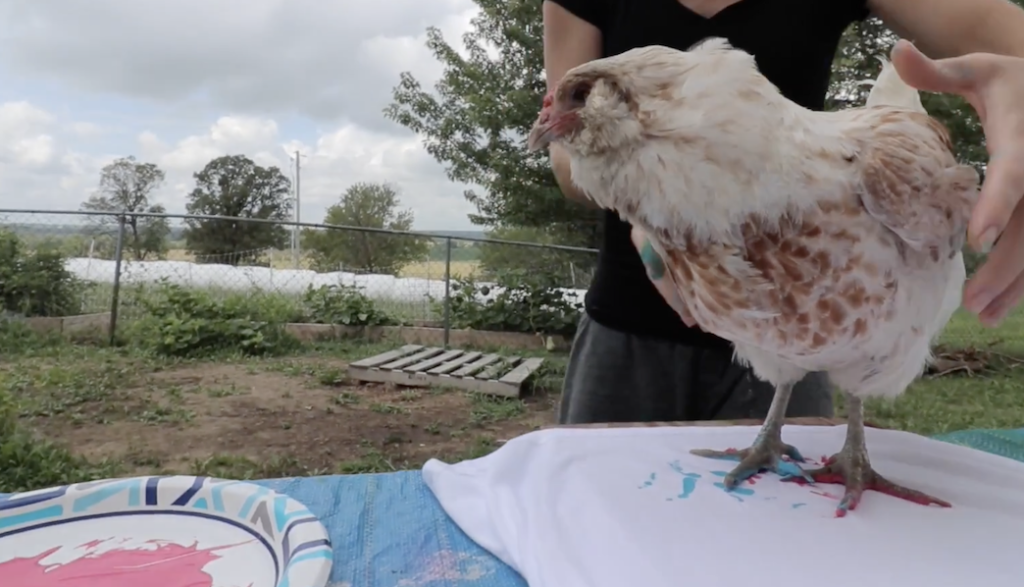
YouTube
Believe it or not, chickens have been trained to create “paintings” by walking across canvases with paint-covered feet. While the activity is generally harmless, it’s still an odd way to use animals purely for novelty or profit. Reducing chickens to tools for human entertainment diminishes their value as living creatures.
7. Forcing them to Pull Heavy Sleds for Long Periods

Rawpixel
Sled dogs are bred for endurance and cold climates, but races like the Iditarod push them to extreme limits. While some dogs thrive on the work, injuries, frostbite, and exhaustion are common. The ethics of competitive sledding are increasingly questioned as it often compromises the health and welfare of the animals.
8. Making Kangaroo Box

YouTube
Once a popular act, kangaroo boxing involved training kangaroos to “fight” humans in staged sparring matches. While it might have seemed amusing at the time, the practice was stressful and unnatural for the animals. Thankfully, this cruel spectacle has mostly disappeared, but it remains a reminder of how far we’ve pushed animals for amusement.
9. Having Them Compete at Farm Animal Competitions
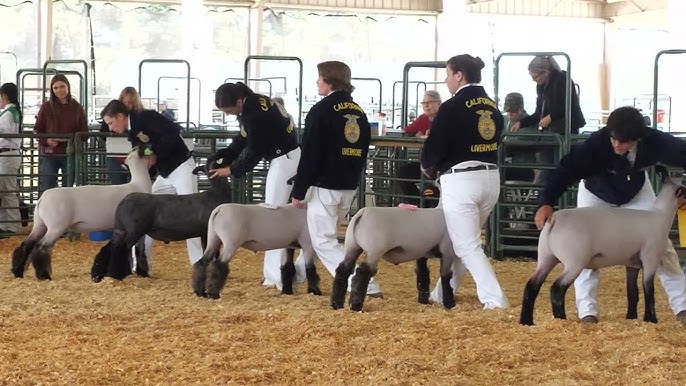
YouTube
At agricultural fairs, cows, sheep, and goats are groomed, styled, and paraded for judges. While these competitions showcase animal care, the hours of grooming and noisy environments can be stressful and uncomfortable for the animals involved. The focus on aesthetics often comes at the expense of the animals’ comfort.
10. Keeping Them Jump Through Hoops
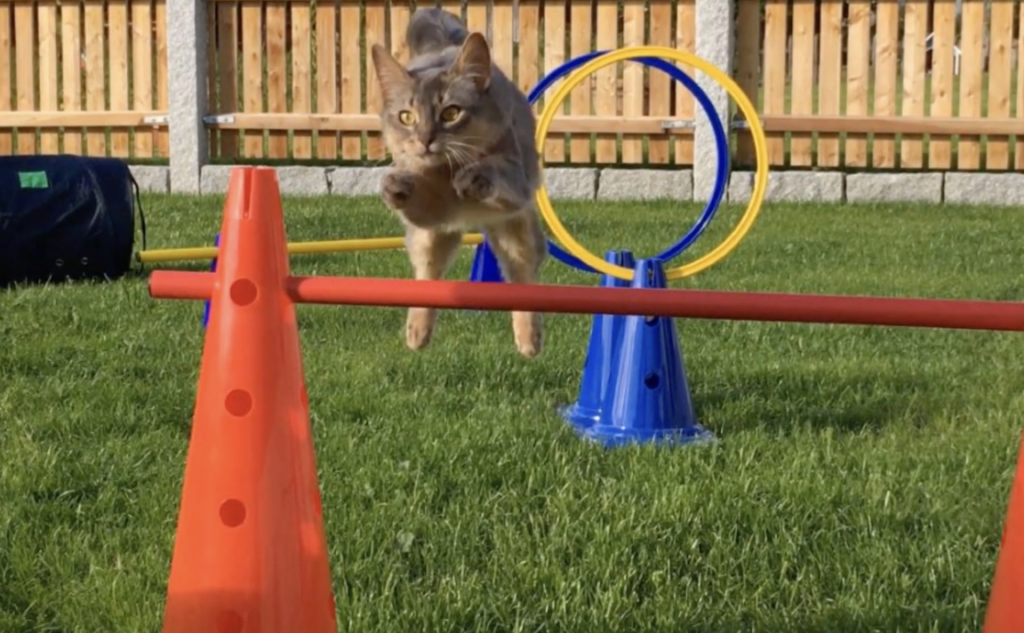
Cat agility competitions feature felines jumping through hoops, climbing obstacles, and sprinting through courses. While some cats tolerate or even enjoy it, many find the experience frustrating or stressful. This shows that not every pet wants to be an athlete, and we should reconsider putting them through these trials for our enjoyment.
11. Forcing Them to Play Instruments

YouTube
From parrots hitting bells to dogs “playing” pianos, animals are often trained to create music for human amusement. While it’s typically harmless, the animals are rarely enthusiastic participants, making this another example of prioritizing human entertainment over their natural behaviors. Animals aren’t born to play instruments, but we make them perform for laughs.
12. Having Even the Slowest Ones Race For Us

YouTube
Slow and steady wins the race—especially in tortoise racing. While these events are popular at fairs, forcing these reptiles into artificial competitions is purely for human novelty. It’s unlikely the tortoises benefit from the experience, and they certainly don’t enjoy the spectacle of being rushed along for a laugh.
13. Making them Participate in Pet Parades

YouTube
Pet parades are a community celebration of animals, often involving costumes and noisy environments. While some pets enjoy the attention, many are visibly stressed, making it worth reconsidering whether these events are more for humans than for the animals. The loud crowds, costumes, and long durations are often not in the best interest of the animals involved.
Time to Rethink Our Choices
From circus acts to painting dogs’ nails or entire bodies, the way we use animals for entertainment often prioritizes our enjoyment over their well-being. While some activities may seem lighthearted, others push animals beyond what they should endure. As we grow more aware of animal welfare, it’s crucial to rethink how we involve them in our entertainment—and prioritize their needs over our amusement.


